A well-designed luxury wine cellar does more than store bottles; it spotlights your passion, safeguards your investment, and adds undeniable cachet to your property. Whether you collect first-growth Bordeaux or boutique Napa Cabs, the following luxury wine cellar design principles will help you craft a space that is as functional as it is beautiful.
1. Start with Location and Climate Control
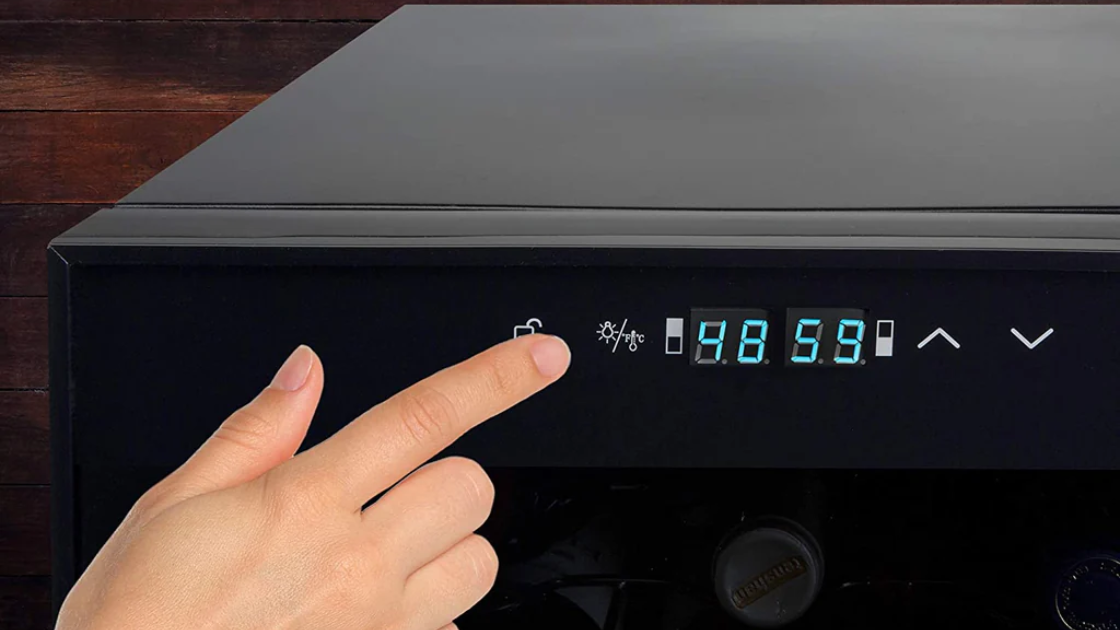
Temperature and humidity dictate how well wine ages. Aim for a constant 55 °F (13 °C) and 60–70 percent humidity. Basements remain popular, but modern cooling units make above-grade installations feasible. If you’re converting a spare room or under-stair alcove, insulate walls with closed-cell foam and install a vapor barrier before adding studwork. Pair a commercial-grade split or ducted cooling system with smart sensors that alert you to fluctuations on your phone—peace of mind in any zip code.
2. Choose Racking that Marries Form & Function
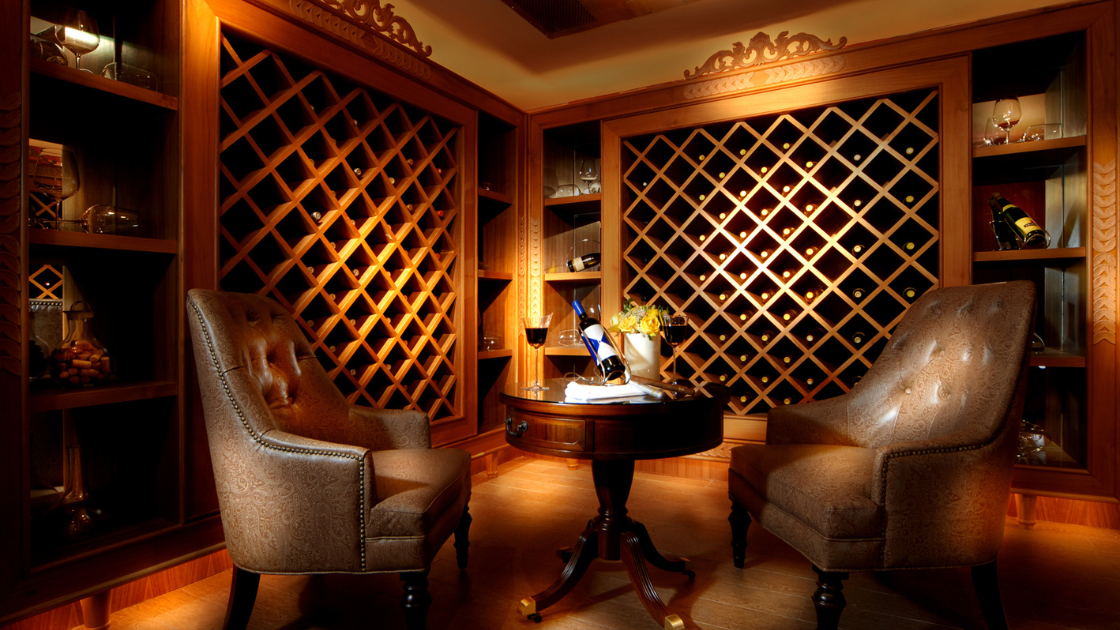
Racking is the jewelry of luxury wine cellar design. Traditionalists gravitate toward hand-finished mahogany or redwood; minimalists prefer powder-coated metal pegs that make bottles appear to float. Plan for three bottle configurations:
- Standard 750 ml slots for everyday pours
- Magnum or Champagne niches for large-format prestige bottles
- Display rows pitched at a gentle angle to showcase labels without disturbing sediment
A blend of angled presentation rows and dense bulk storage maximizes capacity while keeping trophy bottles front and center. Include adjustable shelves for wooden cases, and don’t overlook a ventilated drawer for decanters and Coravin® tools.
3. Illuminate with Purpose
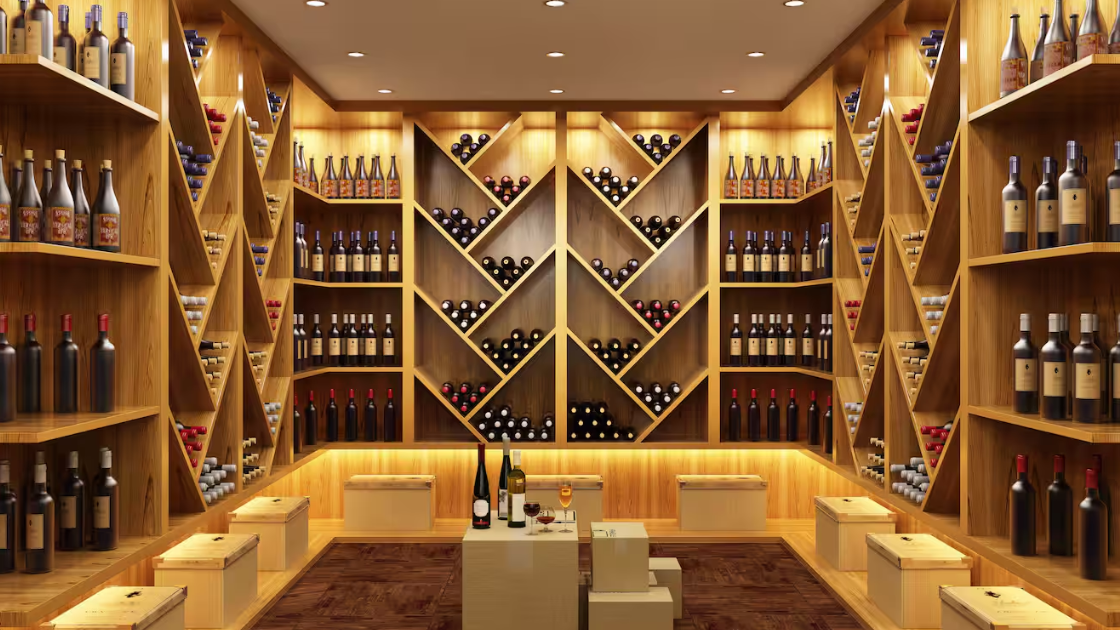
Lighting should flatter the wine and the architecture without emitting damaging heat or UV. Recessed LED strips tucked beneath shelves create a soft glow that highlights labels. Accent back-lighting behind showcase bottles or etched glass doors adds drama. Install fixtures on dimmers—lower light levels preserve cork integrity and set a welcoming ambiance for tastings.
4. Specify Finishes that Signal Sophistication
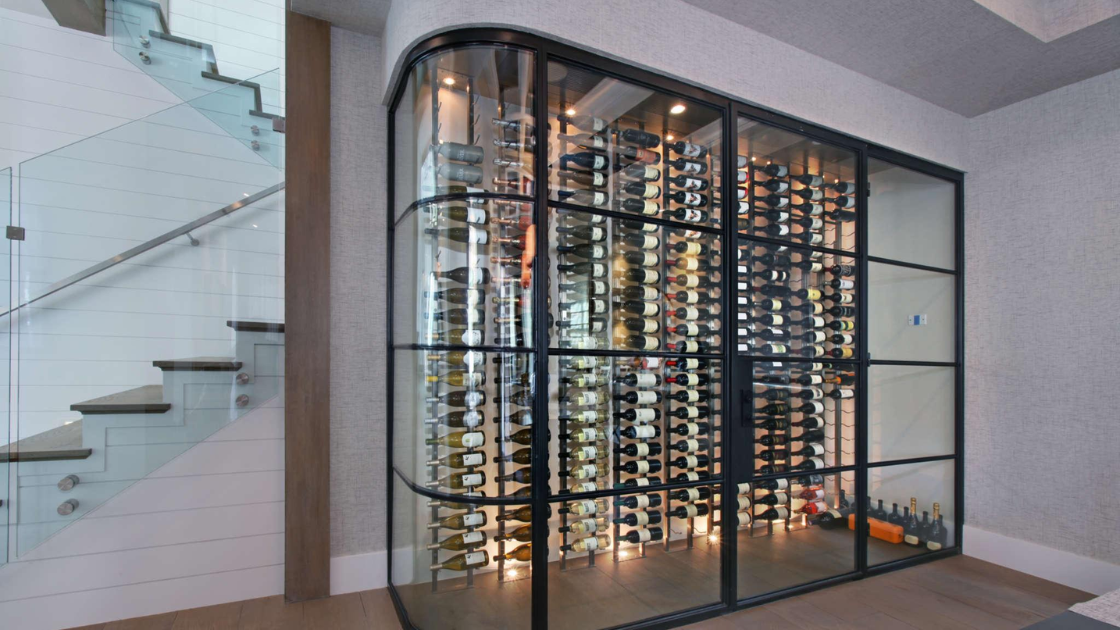
Floor-to-ceiling glass doors framed in slim bronze keep humidity in while putting your collection on full display. For floors, sealed limestone or wide-plank European oak resist temperature swings and moisture. Wall treatments can elevate the space: think herringbone brick, Venetian plaster, or even reclaimed barrel staves for subtle vineyard chic. Echo the cellar’s palette in adjoining tasting areas—leather stools, marble tasting tables, and antique wine maps tie the ensemble together.
5. Integrate Smart Tech & Security
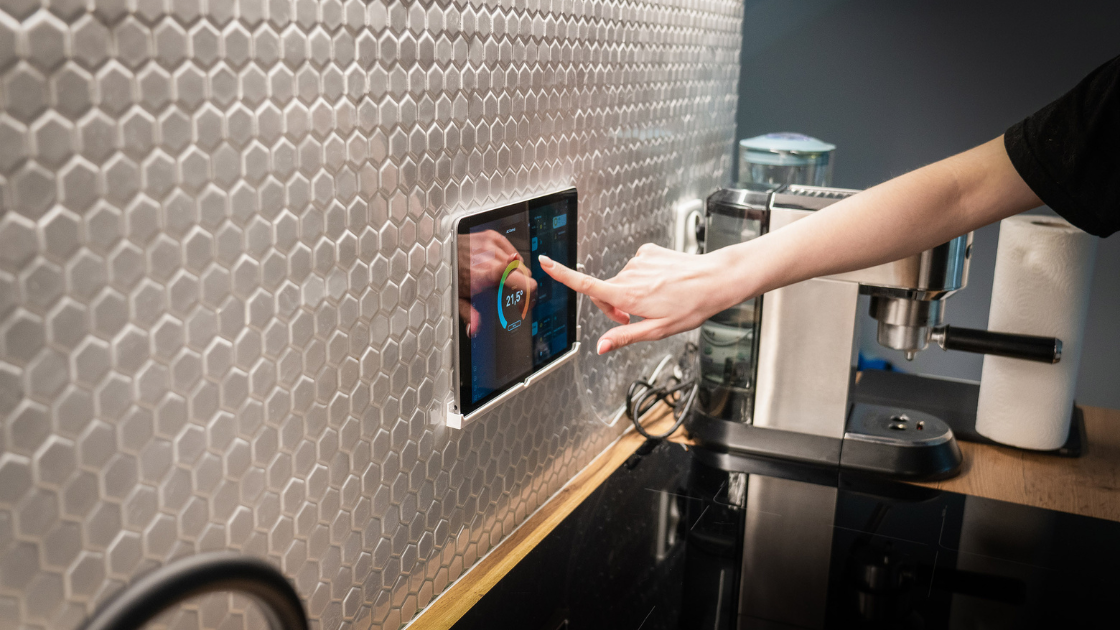 Inventory management is no longer a pen-and-paper affair. Platforms like CellarTracker® or InVintory scan barcodes, track provenance, and forecast optimal drinking windows. A hidden IP camera and discreet motion sensor protect your investment, while biometric or keypad entry systems keep unauthorized hands away. Add a backup generator to maintain climate control during power outages—critical insurance for priceless vintages.
Inventory management is no longer a pen-and-paper affair. Platforms like CellarTracker® or InVintory scan barcodes, track provenance, and forecast optimal drinking windows. A hidden IP camera and discreet motion sensor protect your investment, while biometric or keypad entry systems keep unauthorized hands away. Add a backup generator to maintain climate control during power outages—critical insurance for priceless vintages.
6. Elevate the Tasting Experience
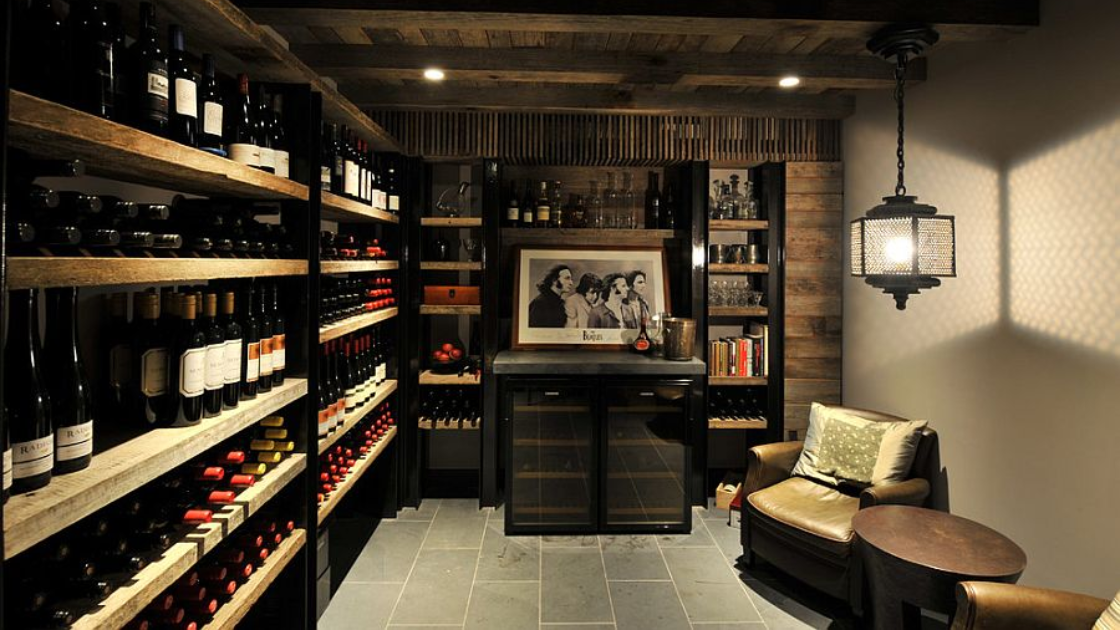
Reserve space for a tasting nook: a small sink, integrated wine fridge for whites, and concealed trash cabinet streamline service. Ambient music, art-curated walls, and customizable RGB lighting turn private pours into memorable moments. Finally, include a display niche for rare empty bottles—think 1982 Lafite or Screaming Eagle—so guests can admire past triumphs as they toast future ones.
Final Pour
A thoughtfully executed luxury wine cellar design balances engineering precision with aesthetic finesse. By mastering climate, racking, lighting, and tech, you’ll create a cellar that matures your wines gracefully while serving as a showpiece for your home. Raise a glass: the ultimate connoisseur’s retreat is only a blueprint—and a few carefully stacked bottles—away.
